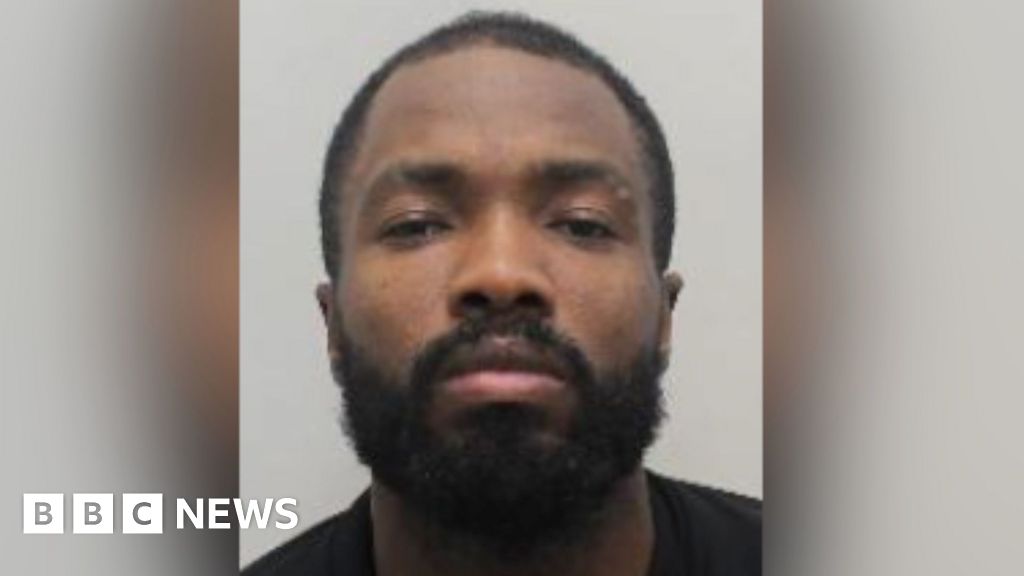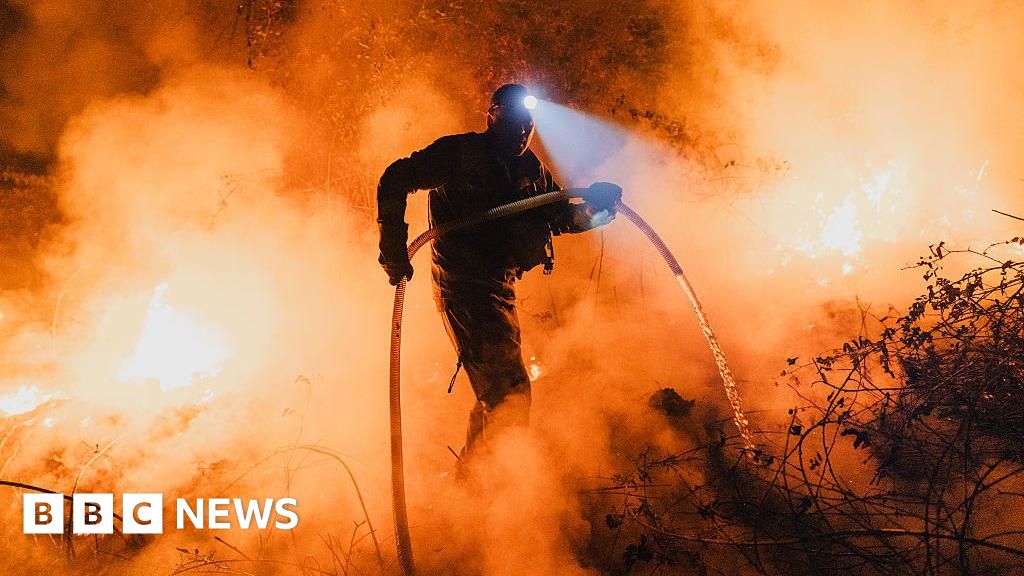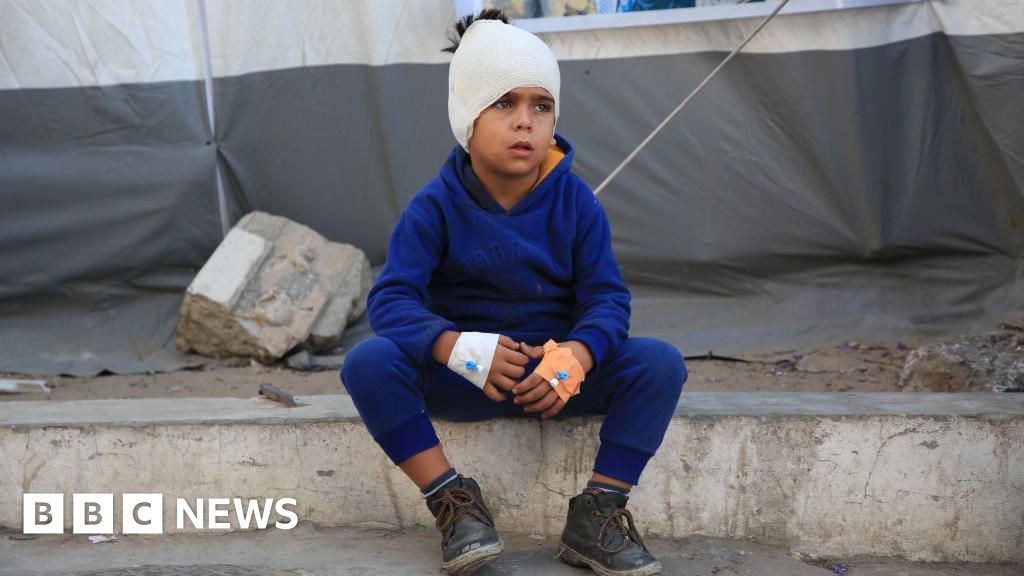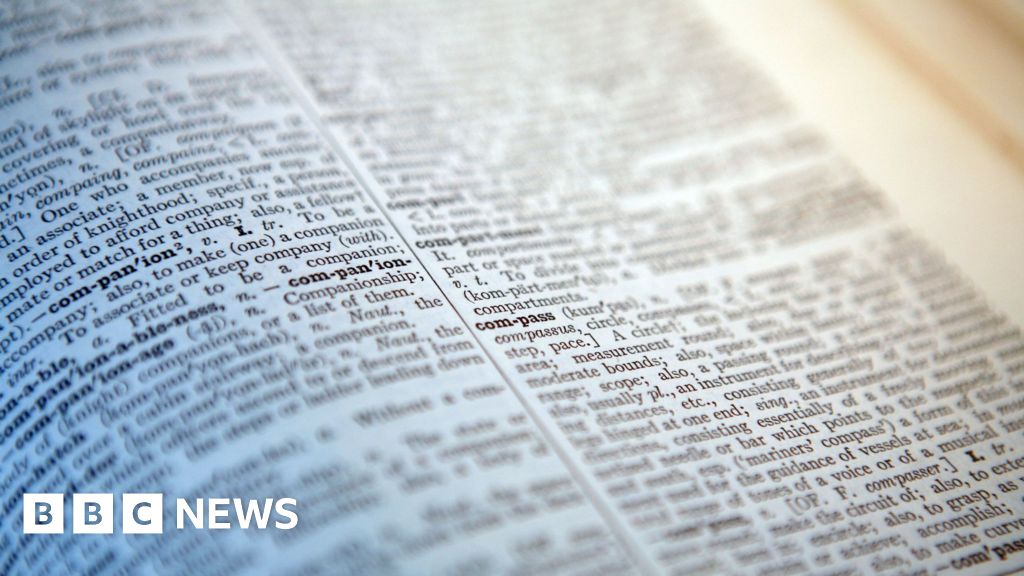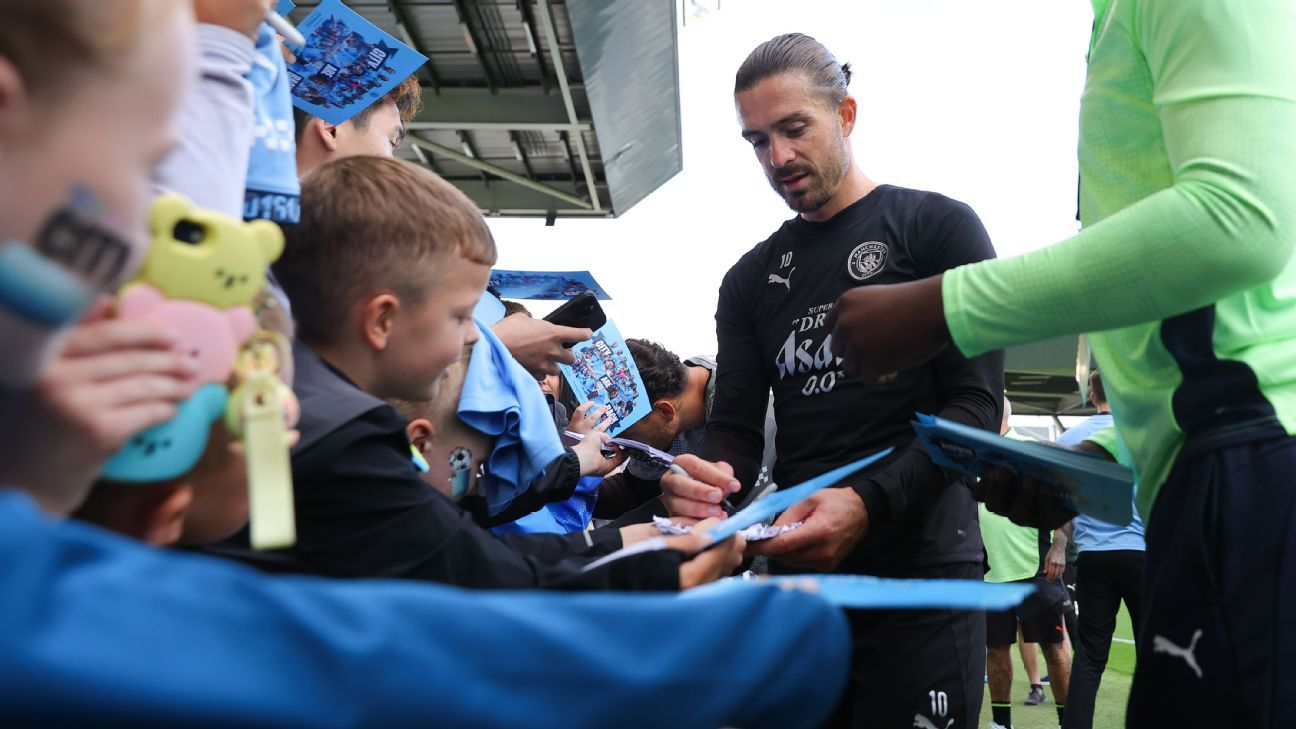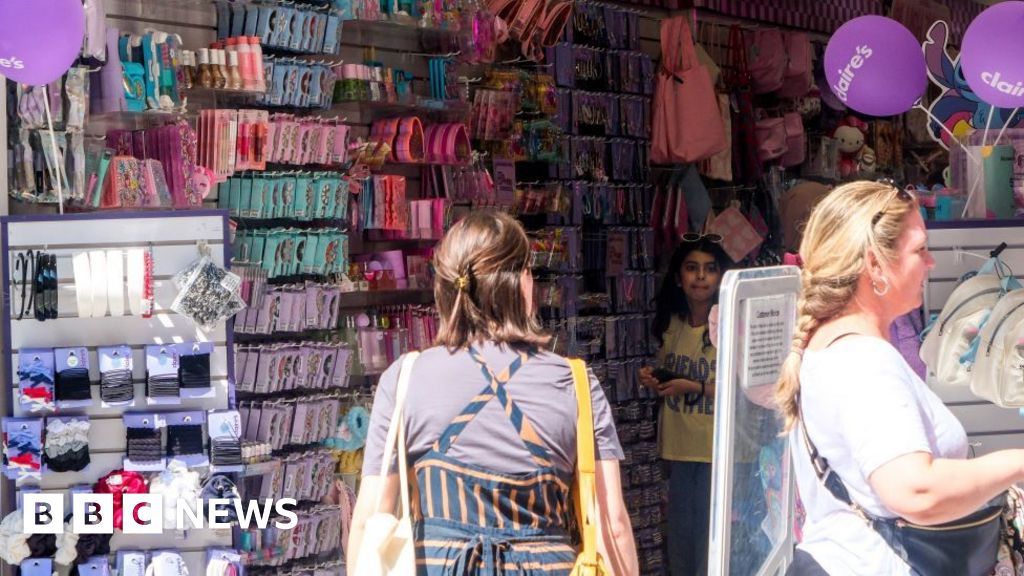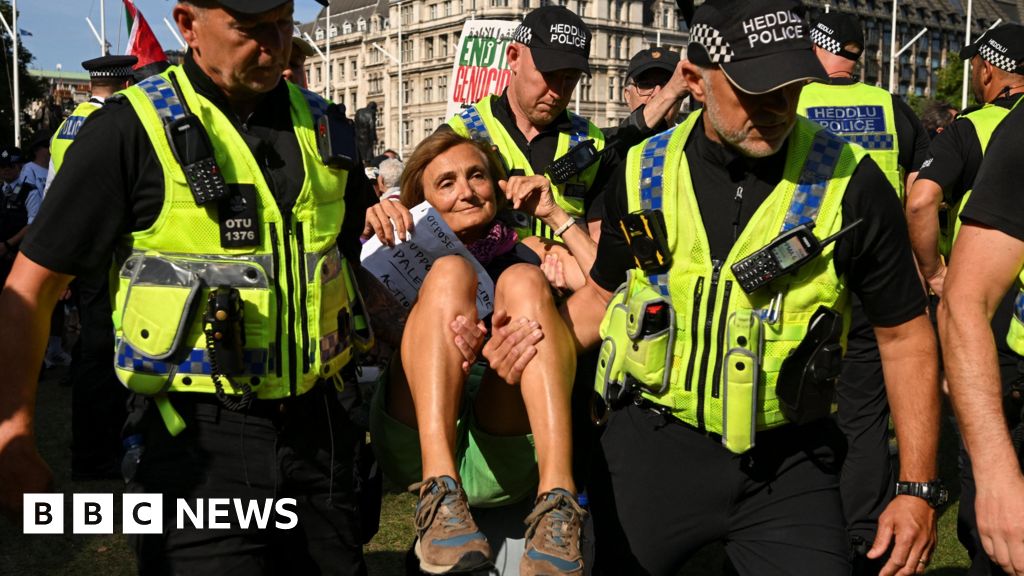- Survivors of a deadly building collapse in George relive the traumatic event a year later.
- Thirty-four people were killed when the building collapsed.
- After 118 hours, Gabriel Guamba was pulled from the rubble.
On this day last year, Gabriel Guamba, a friend and coworker ate pap and chicken on what seemed like any other weekday at his tiling job at a construction site in the Western Cape town of George.
In five seconds at 14:09, 6 000 tonnes of concrete came crashing down at the site in Victoria Street, killing more than 30 people – including his friend, George Corsa – and leaving Guamba entombed in rubble for 118 hours.
“I was praying: Please, God, help me. I have to get out. I have a small kid,” Guamba said.
There he was, with no broken bones but an injured back, trapped in a void inside the rubble with concrete and bricks only centimetres from his face, waiting against hope for someone to save him.
A year after the building collapse, dubbed one of South Africa’s deadliest construction disasters, Guamba and his fellow survivors carry constant reminders of their loss.
He had been working in the five-storey building’s garage, preparing to carry tiles to apartments on the third floor.
“I heard something go ‘Kwaa!” When I looked at the top, I saw the roof coming down. I tried to run, but there was nowhere I could run. I tried to scream, to call for help but there was no help.”
For much of the time that Guamba was entombed in rubble, he could hear rescue workers and other survivors. With concrete only centimetres from his face and limited space to move, he tried calling for help. His attempts were futile until the sixth day of the rescue operation.
“I thought I was going to die there,” Guamba said.

“I was focused on getting out of there. I was focusing on that one thing. I didn’t think of water or food. I just had to call for help.”
Rescue workers were slowly removing concrete slabs one at a time, according to Western Cape disaster management service head Colin Deiner, knowing that the likelihood of finding a survivor was diminishing with every second.
Seventy-two hours after a structural collapse, the survival rate for those trapped under the rubble drops to around 33%, according to Travis Trower, the director of Rescue SA and Emergency Medical Care and a lecturer at Nelson Mandela University.
After that, in the space of just one day, the survival rate of those trapped for four days is 19%. After 120 hours, around the time when Guamba was rescued, the survival rate is just over 7%.
“We got to this slab, and all of a sudden, the siren went off. Rescuers said: ‘We think we’ve got somebody alive.’ We drilled a hole there, called down and heard this guy call back,” said Deiner.
Guamba recalled:
I was sleeping, but I heard some noise, like people talking on the radio, that woke me up. And then I saw a light, so I called: ‘Help! Help! Help!’ And then someone asked me what my name was. I said: I’m Gabriel. I’m here. I’m stuck here.
Using a camera to view the space Guamba was trapped in, rescue workers guided him on how to move to stay out of harm’s way as they chipped away at the concrete that surrounded him.
Removing the concrete slabs from around a survivor can be arduous and time-consuming work, but rescue workers freed Guamba shortly after making contact with him.
“We thought we would probably spend about three or four hours removing him. I think we got him out about an hour later, and he turned out to be in very good shape,” recalled Deiner.
Guamba added: “They told me to close my eyes because the sun is going to damage them.”
Rescue workers spent 259 hours on the scene, clearing the rubble and pulling 62 people from the site. Thirty-four of them were dead.
Guamba visited the site with News24 - his first visit since the accident. Today, the excavated site has been filled but the plot stands empty, an open piece of land without any sign of the tragedy that occurred only a year ago. There is nothing left to commemorate the more than 30 lives lost there.
READ | George building collapse: Warnings of structural defects went unheeded, report states
“It looks like a new place,” he said. “It’s like I was dreaming. I don’t know this place.”
Guamba sustained a back injury that made it difficult to go back to work. He is forced to make a living doing piece work when he can. He still attends regular doctor appointments for treatment to his back.
Henry Moyo has also struggled to work since the collapse. He was not buried in the rubble like Guamba was, but suffered a broken leg, a broken hand and two broken ribs.
“Life is not easy. I can’t work properly like before. My injury is still painful,” he said.
The memories are also painful because his brother died in the collapse.
“I remember how I heard someone shouting: ‘What’s happening?’ Suddenly, there was movement all around me, and I saw all the levels cracking. It was a very fast thing,” he said.

Moyo had been on the top floor, where he had been building a chimney for a braai.
“When I realised the building was going down, I tried to run. My mind was so confused,” he said.
Moyo was one of the first people to be helped off the site, and he had no idea how many people had died until much later.
“When I was in the hospital, they didn’t tell me how many people passed away. Or that my brother was one of them,” he said.
Moyo is frustrated by the slow pace of the investigation.
“We are still waiting for the police to complete the investigation. It’s not easy when you are a victim. I want to know what happened to cause it to collapse. Even now, I keep asking what the mistake was. But I don’t have an answer,” he said.
 (1).png)
 3 months ago
29
3 months ago
29
